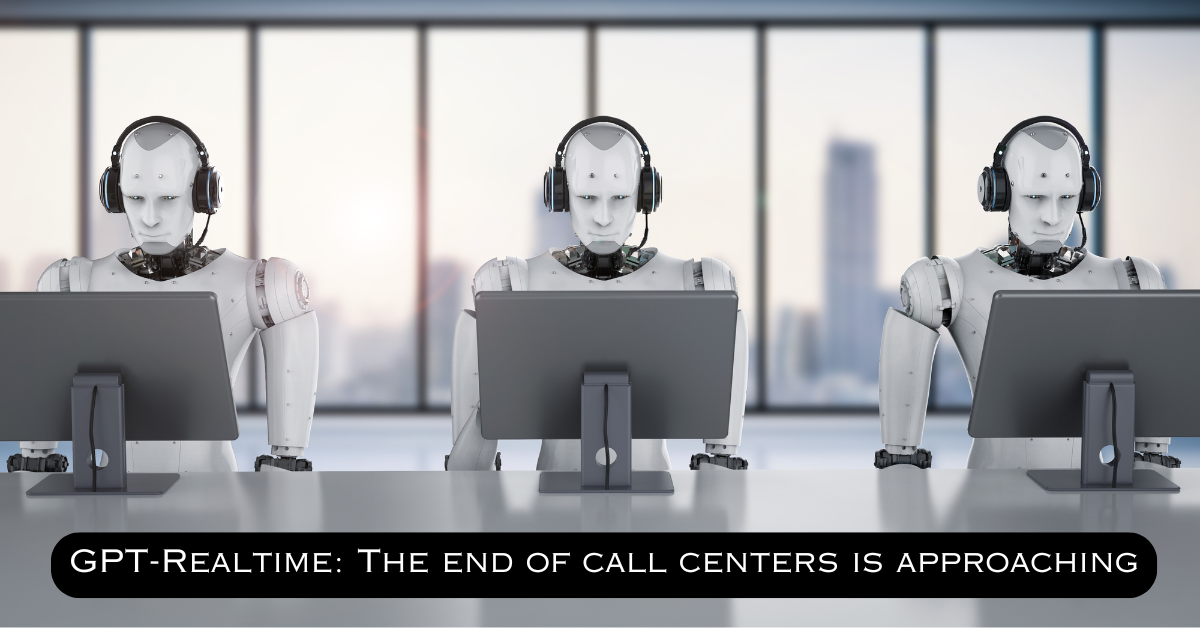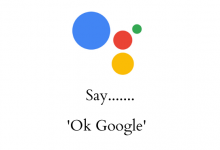Technology
GPT-Realtime: The end of call centers is approaching

With GPT – Realtime, OpenAI has introduced a new, advanced speech-to-speech model. This allows for the creation of voice assistants that can independently and reliably conduct and record conversations. This raises the question: What will happen to all the support staff?
Table of Content
Background: GPT-Realtime as a support replacement
- At the end of August, OpenAI released GPT-Realtime and the associated Realtime API . This is a so-called speech-to-speech model. This means that the artificial intelligence doesn’t have to first translate what it hears into text and then formulate a textual response, which is then output as audio. Instead, it responds directly and in real time to queries. The AI thus conducts a real conversation.
- At the launch of GPT-Realtime, the costs are relatively high at $32 per million audio input tokens. Alex Levin, CEO of voice agent specialist Regal.io, writes on LinkedIn that competing products are currently four times cheaper. However, it is expected that OpenAI will be able to quickly reduce costs through mass scaling.
- In addition, more and more companies are massively reducing jobs in their customer service departments . Salesforce CEO Marc Benioff has announced , among other things, that 4,000 customer service positions will be replaced by AI. The employees will reportedly be retained in sales.
Classification: Win-win situation for companies
- Customer service is one of the biggest pain points for every business. Companies that offer no or inadequate support are heavily criticized for this – neobroker Trade Republic is a prime example . However, those who make the effort to build a high-performing support team are faced with very high personnel costs .
- Human support doesn’t even guarantee that customers will be satisfied with the service. A quick look at review portals like Trustpilot is enough. Ultimately, it’s a win-win situation for companies when they integrate voice assistants based on GPT-Realtime.
- On the one hand, the company’s external image improves: AI assistants make 24/7 availability a breeze – without any tedious labor law discussions. On the other hand, sophisticated voice agents ensure that the number of support staff is drastically reduced. Because if we’re honest, we know that positions that can be eliminated will be eliminated despite all the apparent advance denials.
Voices:
- The telephone company T-Mobile has introduced the new OpenAI technology after a six-month trial. Kirby Thorton , Senior Product Manager of AI at T-Mobile, says : “OpenAI’s real-time API and the new speech-to-speech model make our upgrade assistant feel natural: rapid speaker transitions, customers can interrupt and redirect mid-sentence, and the voices sound human-like . The model reliably follows instructions and, thanks to Function Calling, securely connects to our pricing, inventory, and offer data. It’s the first voice stack we’ve deployed that combines a great user experience with the reliability we need in production.”
- Andreas Granig is CEO of the telephone service provider Sipfront. He sees the business models of many voice AI startups under threat. In a LinkedIn post, he writes: “There are a number of startups that simply provide an interface to the public telephone network for existing speech-to-speech AI services – often without a significant moat and largely dependent on Twilio and others. And now they are under massive pressure.”
- Salesforce co-founder Marc Benioff echoes the same sentiment in the podcast (starting at 1:45). “I reduced the number of service agents from 9,000 to 5,000 because I need fewer people. […] We now have agent-based sales that calls back every person who contacts us.”
Outlook:
- It’s no secret that the low-wage sector is under severe threat from artificial intelligence. This raises the question: What will the millions of support employees around the world do if they lose their jobs? A job in sales, like at Salesforce, is also only a temporary solution.
- GPT-Realtime currently lacks the ability to fully evaluate the results. This makes it difficult for companies to evaluate the results, making monitoring difficult. The higher initial costs are also a hurdle, especially for startups and SMEs, leading to some long-serving service employees holding on to their jobs for a few more years.
- However, anyone who has observed the development of AI and language models in recent months and years also knows that both the control options and the financial problems will sooner or later no longer be an obstacle. With better AI models and consolidation in the AI market, prices will fall and performance will improve at the same time. And then, unfortunately, things will probably become difficult for human service employees.





